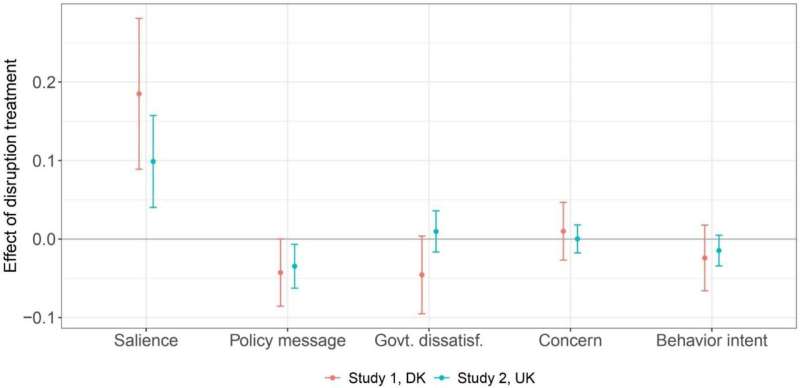Climate activism encompasses various strategies, with disruptive protests emerging as one of the most noticeable forms. These protests frequently interrupt daily life or significant events, exemplified by actions such as blocking construction sites, vandalizing artworks, or halting sporting events. Recent discussions among scholars highlight the effectiveness of these tactics in raising awareness about climate issues, while also revealing potential drawbacks.
According to research by Assistant Professor Clara Vandeweerdt from the University of Copenhagen, disruptive protests can effectively draw attention to climate change as a pressing societal issue. Her study, titled “The Activist’s Trade-off: Climate Disruption Buys Salience at a Cost,” published in the journal Political Behavior, examines this dual nature of disruptive activism.
Understanding the Paradox
Vandeweerdt explains that while disruptive protests can elevate climate change on the political agenda, they also provoke a small but significant backlash. For instance, her research noted a case where activists blocked a road in Denmark to protest against new motorway construction. Surprisingly, individuals exposed to this protest were more likely to support the very policies the activists opposed.
The study revealed that while media coverage increased general concern about climate change, it did not translate into support for specific policy changes advocated by activists. Vandeweerdt’s findings indicate that participants who viewed media reports on disruptive protests were between 10% and 19% more likely to recognize climate change as a major societal issue compared to those who did not. Nonetheless, these same individuals expressed less favorable attitudes toward the specific demands of the activists.
Weighing the Impact of Disruptive Protests
The central question arising from this research is whether the benefits of disruptive protests outweigh the potential negative responses they generate. Vandeweerdt emphasizes that activists must weigh the risks of backlash against the potential for increased visibility. She acknowledges that while the awareness raised by such protests is substantial, the backlash effect is a crucial factor for activists to consider.
“There is a significant difference between awareness raised and backlash incurred,” Vandeweerdt notes. She also encourages exploration of alternative protest methods that might foster awareness without provoking public pushback. Although peaceful protests typically attract fewer media headlines, researchers like Vandeweerdt argue that these non-disruptive forms of activism still play an essential role in the larger climate movement.
The implications of Vandeweerdt’s findings extend beyond the activist community. Public authorities, including governments and judicial bodies, need to understand the societal effects of climate activism. Awareness of how activism influences public opinion can inform their responses and policies surrounding climate change initiatives.
In conclusion, while disruptive protests have proven effective at raising awareness of climate issues, they present a complex challenge for activists. Striking a balance between garnering attention and avoiding backlash remains a critical aspect of climate activism’s evolving landscape.
For further details, refer to Clara Vandeweerdt’s study, “The Activist’s Trade-Off: Climate Disruption Buys Salience at a Cost,” published in Political Behavior in November 2025.
